Competition among direct-to-consumer (DTC) advertisers is heating up, increasing acquisition costs and decreasing customer lifetime value across the board.
This saturation of the DTC space has been a long time coming, as digitally native brands like Warby Parker, Casper, Bombas, and Dollar Shave Club have revolutionized digital marketing and found new ways to reach consumers, well… directly.
According to eMarketer, DTC ecommerce grew at 3-6X the rate of overall ecommerce from 2016 to 2019.
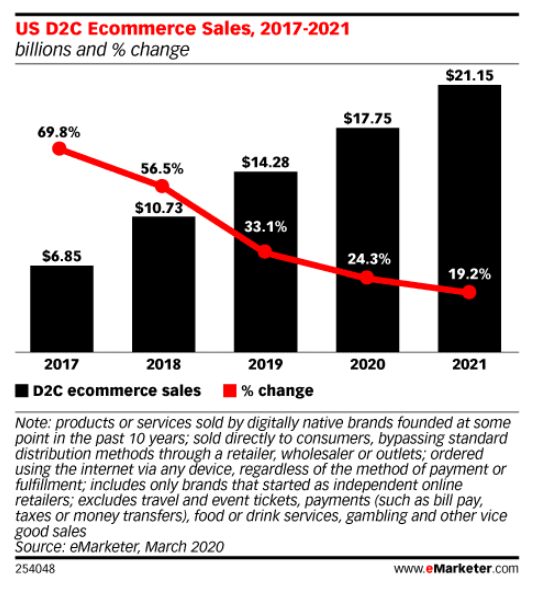
While sales are still increasing overall, DTC marketers are having a tougher time standing out among the noise and driving those leads. The COVID pandemic also caused online purchases to skyrocket, making the landscape more crowded than ever before.
As Harvard Business Review reported, Glossier suspended a new product line due to poor sales and Outdoor Voices’ CEO resigned due to the brand’s financial struggles.
Evidently, today’s veteran and emerging DTC brands need a new playbook for reaching and acquiring target customers. And this is it.
Here are the three biggest strategies DTC brands can use to keep innovating, driving revenue, and growing their businesses.
Create cross-channel customer experiences
DTC acquisition costs are rising on over-saturated marketing channels, in particular, like Facebook and Google. So, even if those platforms have generated returns for your brand, that level of performance may not last.
That’s why it’s so important to diversify your marketing mix and create a cross-channel strategy.
“They’re all trying to figure out alternative channels to decrease their six-figure monthly spend on Facebook and Instagram,” said Evan Wray, founder of Mavely, a shopping app that connects consumers to DTC brands. “It’s getting incredibly expensive to reach customers at any kind of scale on those channels, and it’s proving to be a massive problem for the direct-to-consumer retail space in general.”
Just look at the data. According to a recent study from the Interactive Advertising Bureau, DTC businesses have been investing heavily in social media channels and influencer marketing.
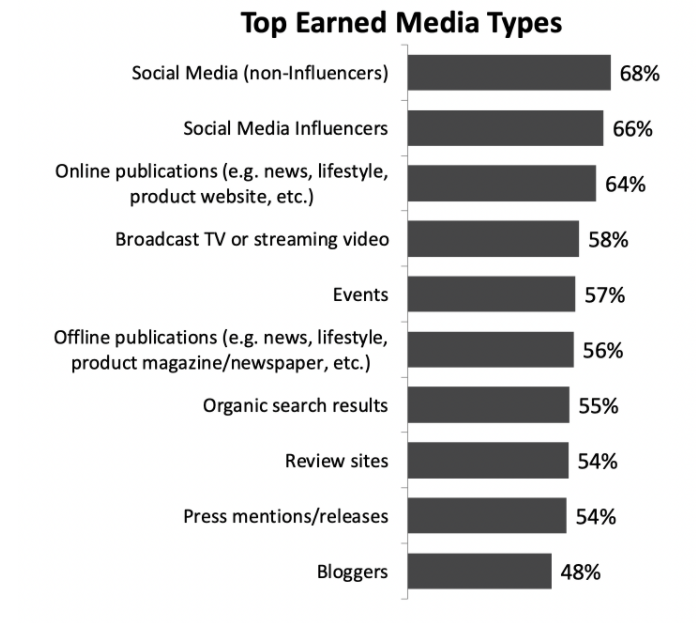
Luggage retailer Away, for example, hosted a summer giveaway on Instagram in partnership with apparel & gear retailer Parks Project.
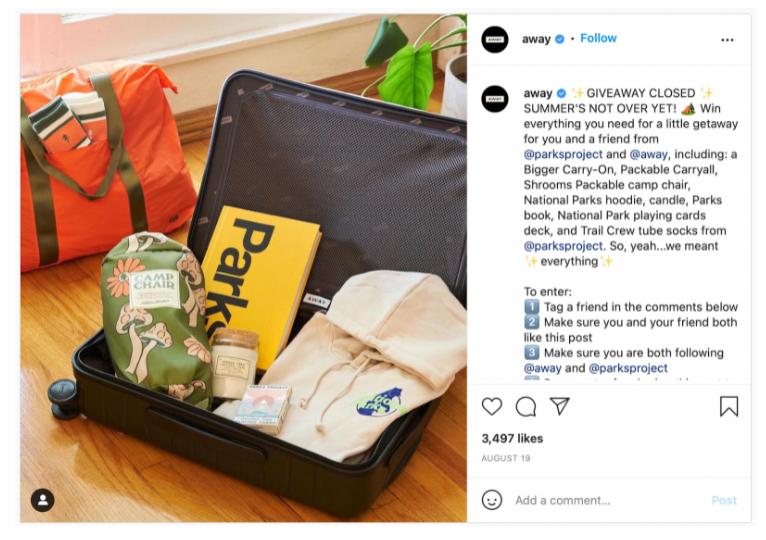
In order to sustain their growth, however, DTC brands will have to expand beyond the social realm and build campaigns across multiple channels and customer touchpoints. After all, that cross-channel marketing approach better mirrors the actual customer journey.
According to research from McKinsey & Company, more than half of customers use three to five channels along their path to purchase. It’s the brand’s job to meet them on those channels with engaging content that addresses their needs and interests.
Understand exactly what your audiences want
Speaking of cross-channel strategies, the fact is that direct-to-consumer brands need direct-to-consumer channels. That means they should be taking advantage of high-engagement channels where they can create one-to-one relationships with their audiences. This way, they can create truly personalized, customer-centric content for their target audiences.
First, however, they need to consult their data to understand just what people want from their customer experiences. That is, DTC marketers have to find out where their customers are active and which channels they’re already engaging with and trusting for high-quality content.
“The best D2C brands tap into customer behaviors and how people do things,” said James Hughes, co-founder of Brewgooder, a craft beer subscription service. “It’s this personalization approach that has really evolved D2C relationships and processes beyond just direct comms.”
This data-driven decision making can also unearth some unexpected insights about customer expectations. Just look at Jeeng’s 2021 Digital Publishing Consumer Survey. We found that — despite frequent assertions that “email is dead” — nearly 80% of Gen Z and 93% of Millennials check their email several times a day, and most say it’s their preferred channel for receiving real-time alerts. Over half would also sign up for multiple, personalized newsletters from trusted publishers — more so than older generations.
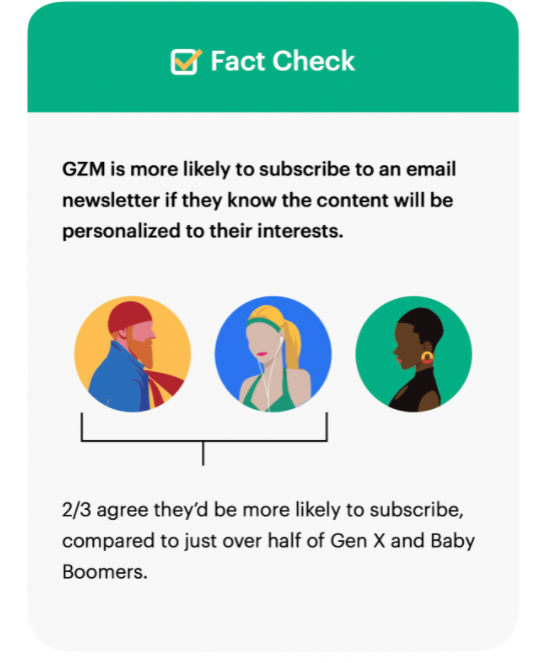
These younger audiences are also becoming increasingly important to DTC brands. As eMarketer reported, 87.3 million U.S. consumers aged 14 and older were expected to make a purchase on a DTC platform in 2020 — a 10.3% increase from the year before.
DTC brands that are already carving out their brand voice via email have positioned themselves ahead of the competition. Take footwear and apparel retailer Allbirds, for instance. Along with sending regular newsletters about fresh offerings, the business delivers retargeted emails to people who’ve already engaged with products and content on their website. With email, they also know they’re reaching people who’ve opted in to receive their messaging and are therefore more likely to convert and drive future interactions.
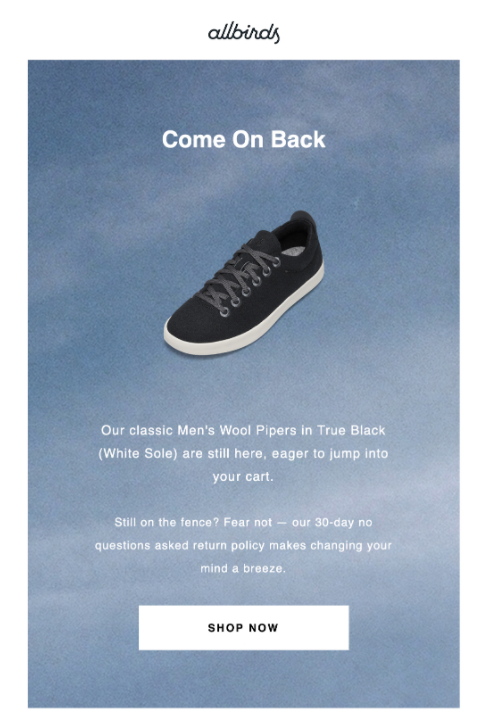
So, if you want to increase customer satisfaction and drive those acquisitions, you need to be gathering customer feedback. And that feedback says it’s time to move beyond social channels towards more direct-to-consumer platforms.
Tap into publishers’ engaged communities
Along with running their own marketing operations via channels like email and push notifications, DTC brands also have a valuable opportunity to run ads in publishers’ newsletters. This allows them to tap into built-in audiences of readers who’ve already established trust and communication with their favorite publishers.
In fact, our study found that 65% of Gen Z and 75% of millennials will click on ads in email newsletters if they trust the sender.
Here’s an example from a notable DTC sock brand, Bombas. The retailer launched a display ad for its new “Sesame Street” socks in the Evening Briefing email newsletter from Bloomberg.

Warby Parker even took that publisher relationship a step further and reissued one of its glasses frames in partnership with The Paris Review. The DTC brand sent an email announcing the collaboration, of course.

Find a platform that helps you engage audiences at the top of your funnel
The final step of the playbook is to find the right marketing technologies to help you execute these strategies and increase customer acquisition.
That’s where Jeeng comes in. Our platform is built to help brands reach their audiences across the most engaging channels like email, web, and newsreaders. And we know this has never been more important for DTC brands than it is now.
So, we’re ready to get started when you are.
Reach out today to create your DTC own playbook and get ahead of the competition.


